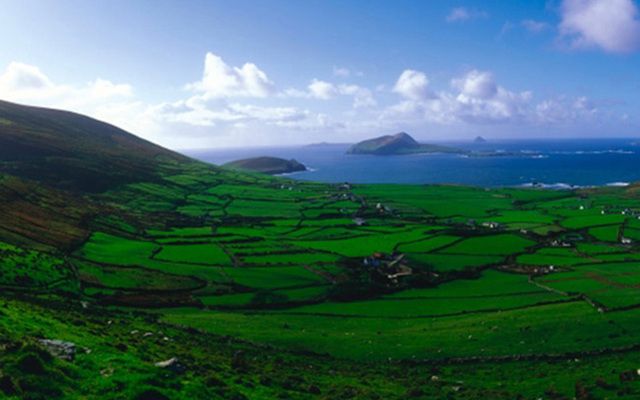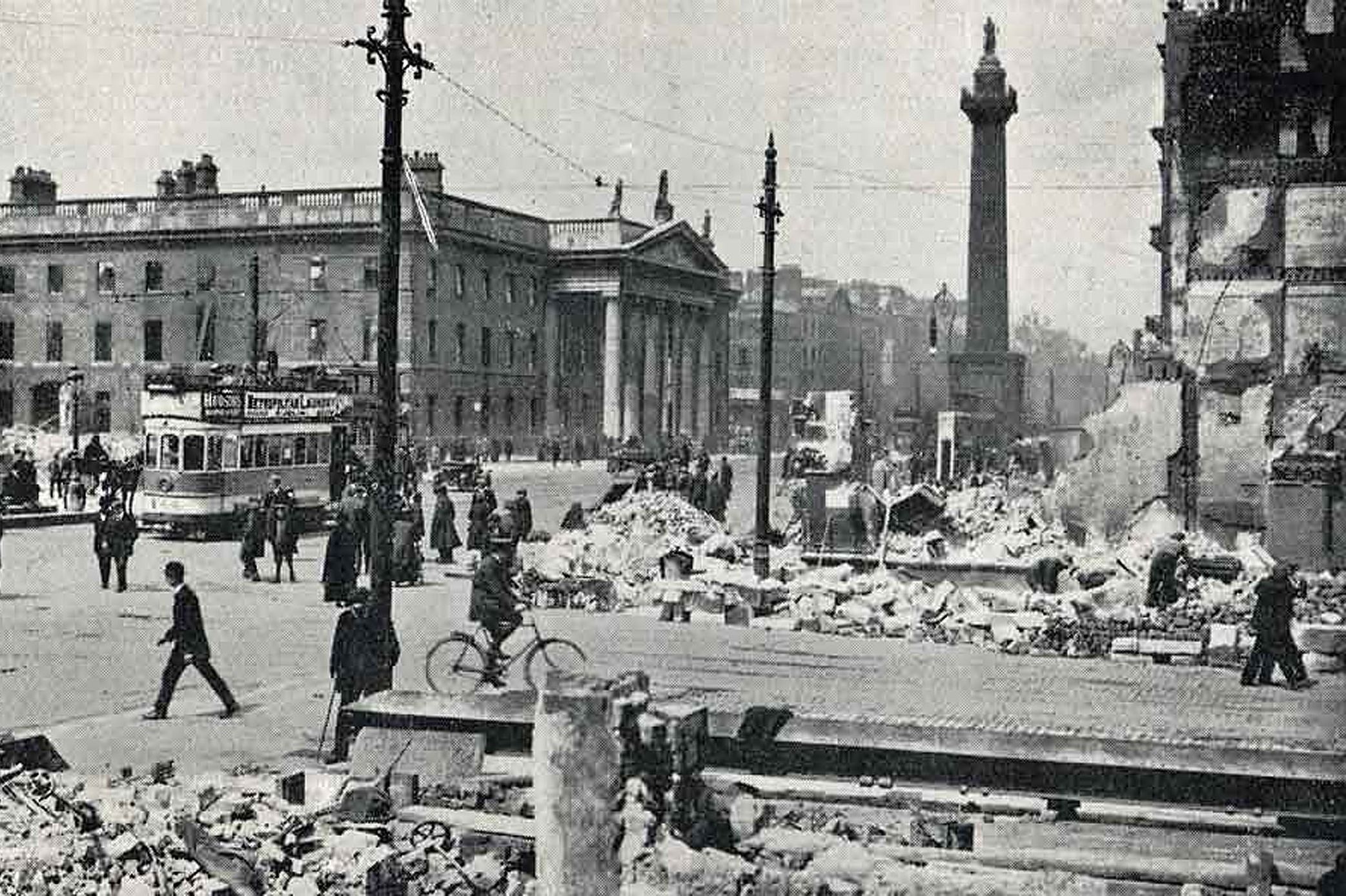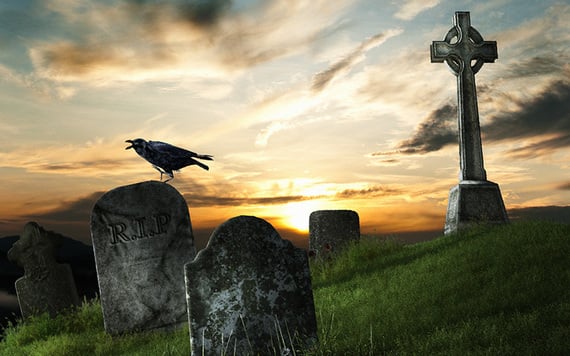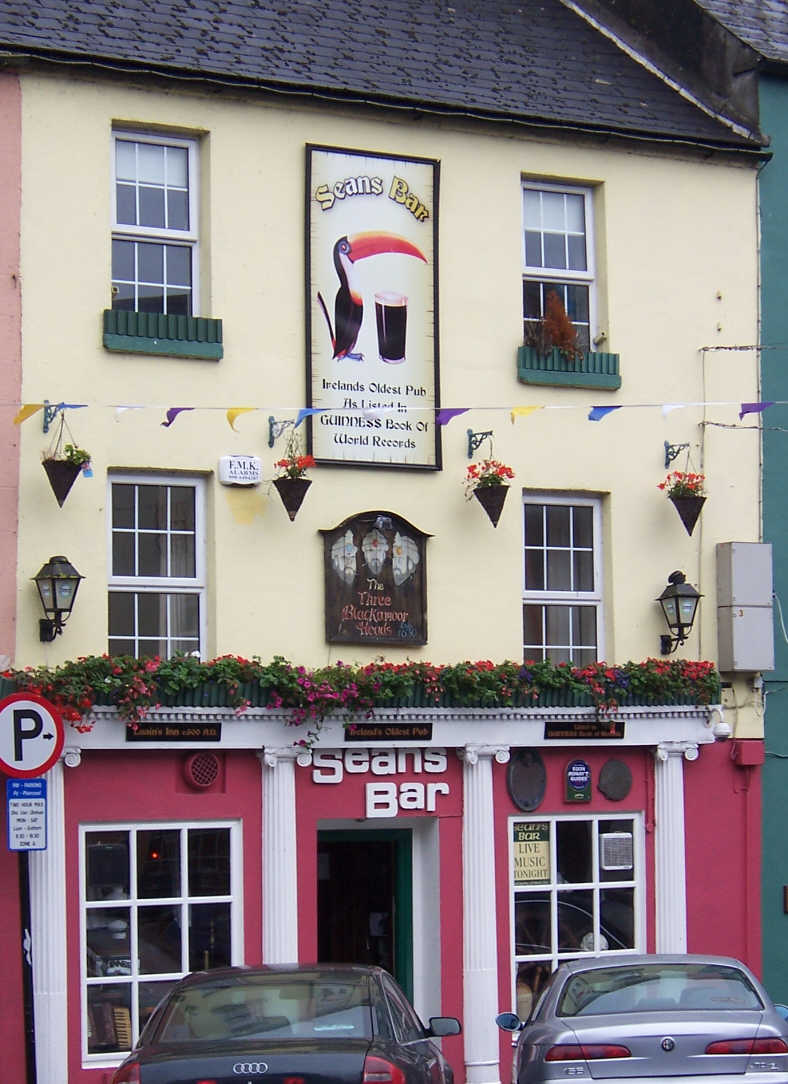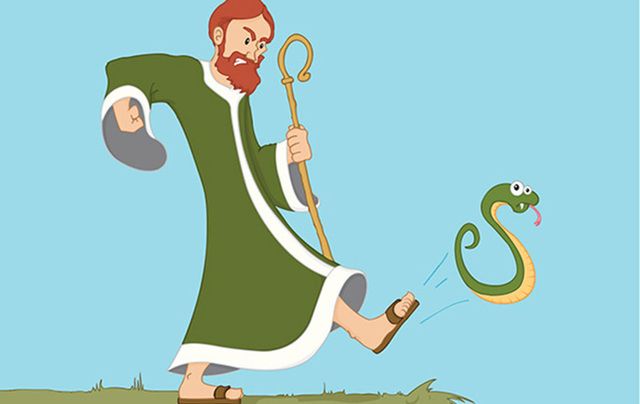"The story of how Dubliners came to be printed is a fascinating tale of artistic frustration and persistence despite years of dismissal." (Sean Hutchinson)
James Joyce courtesy
In university I wrote an essay about James Joyce's short story collection Dubliners. I assumed that the publication was snapped up by a publisher when Joyce first wrote it early in the 20th Century. How wrong I was!
Back in 1904, Joyce, a starving "artist", was teaching English at the Berlitz School in Trieste, now part of Italy. He wrote a collection of three stories ("The Sisters", "Eveline", and "After the Race") which were printed in a weekly publication called The Irish Homestead. In the meantime, Joyce composed nine more stories, with the intent of publishing an anthology, which he sent to publisher Grant Richards.
Richards promptly drew up a contract which he mailed to Joyce and sent the manuscript to the printer. In the meantime, the printer, who at the time was just as libel as the publisher for the content of the publication, pointed out that Joyce's collection of stories contained obscenities. The story "Counterparts" talked about male and female anatomy while "Grace" contained the line: "Then he has a bloody big bowl of cabbage before him on the table and a bloody big spoon like a shovel.'
Joyce protested that the word bloody was used numerous times in his collection, but Richards remained firm. In 1906, the writer resubmitted the stories, this time with the offensive anatomy vocabulary removed as well as the word "bloody". Joyce included the note: "I think that I have injured these stories by these deletions but I sincerely trust that you will recognize that I have tried to meet your wishes and scruples fairly."
After months of waiting, Joyce was still rejected by Richards. He temporarily retained a lawyer to sue Richards for breach of contract but was talked out of the suit. In the meantime, he turned his efforts to his other collection Chamber Music which was published in 1907 thinking the milestone might gain him more clout with publishers, but such was not the case. Dubliners was promptly rejected by four other publishers in late 1907 and early 1908.
In the meantime Dublin publisher Maunsel & Co. expressed interest to read the manuscript for Dubliners but by this point Joyce was so gun shy it too him a year to work up the courage to submit it. In 1909. Maunsel drew up a contract for Joyce. But that obscenity word reared its ugly head again. Upon further inspection, the Maunsel publisher, Roberts, was disturbed by slanderous remarks in about the recently deceased King Edward VII in "Ivy Day in the Committee Room". Roberts postponed the publication of Dubliners once again.
Joyce refocussed his efforts by investing in a new cinema to be opened in Dublin until financial difficulties forced him to withdraw in July of 1910. Returning to his short story collection, he made some requested changes to it, but refused to take out the reference to King Edward VII. Roberts, equally stubborn, refused to publish the work. The daring Joyce wrote a letter to King George V asking him if he objected to the "Ivy Day" reference to his dead father. Joyce was surprised when he received a reply, albeit from the king's secretary, which stated: "It is inconsistent with rule for His Majesty to express his opinion in such cases." It seemed like the opinion was unanimous: everyone had left Joyce "hanging out to dry".
A downtrodden Joyce, not to be defeated, wrote a publication history of his precious Dubliners which was published by a few Irish newspapers, which included the King Edward VII reference. It was like a tree falling in the forest: no one heard. Joyce was forced to confront his publisher Roberts face to face, a meeting in which publisher compared the writer to The Giant's Causeway, massive stone cliffs in Northern Ireland. Roberts explained that the collection was decidedly anti-Irish and told Joyce to replace place names in "Counterparts" with fictitious ones, upon other demands.
The altered version finally made it to the printer where it was mysteriously destroyed, but not before Joyce obtained a copy "by ruse". Joyce later discovered that one of Maunsel & Co's biggest clients, Lady Aberdeen, was the head of the Irish Vigilance Committee, and could very likely have acted as a thorn in his side. In exile once again, he composed a poem about the whole fiasco called "Gas from a Burner (
http://andromeda.rutgers.edu/~ehrlich/699/GASBURN") . The dejected writer hightailed it out of Dublin, never to return.
Joyce turned his attention towards Ulysses and A Portrait of the Artist as a Young Man. Finally in December of 1913, he received a letter from the original publisher, Richards, who expressed interest in the short story collection. Eight years after the original contract was signed for Dubliners, Richards offered him a second one. The stipulation, however, stated that Joyce would not receive royalties on the first 500 copies sold. Secondly, Joyce would have to purchase at least 120 copies himself. Publication went ahead in 1914, a full nine years after Joyce first penned the stories.
Dubliners sold 499 copies. Joyce received no royalties. But the cloud had a silver lining. In 1916, Dubliners was picked up by an American publisher, pushing his notoriety. It was Joyce's 1922 masterpiece, Ulysses, however, that gave him worldwide acclaim. Dubliners would prove to be an enduring work, however; a Canadian university student would write a paper about it in 1990.
 \
\


